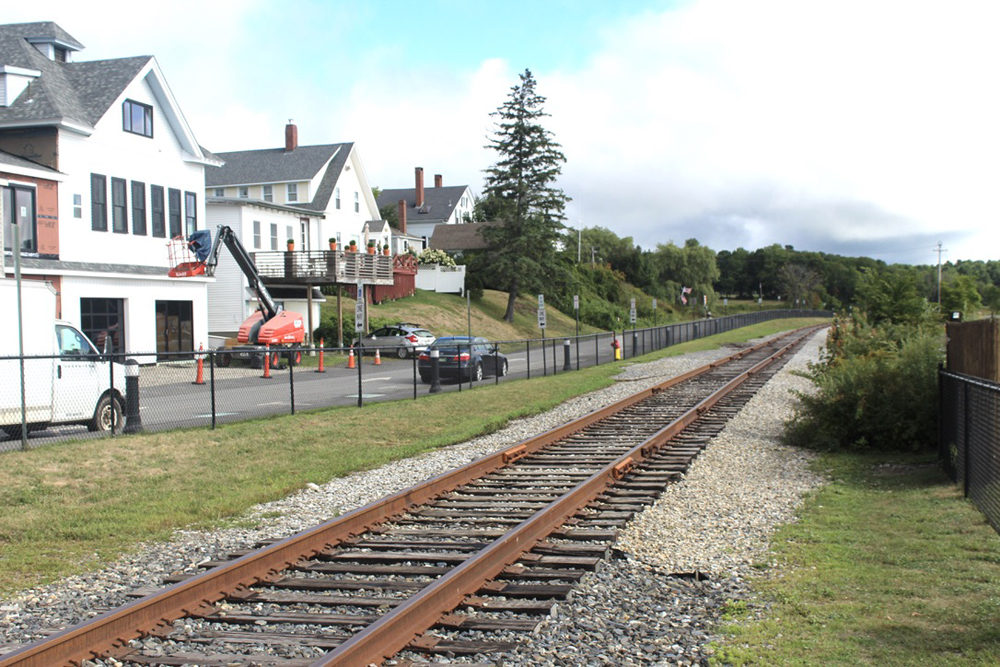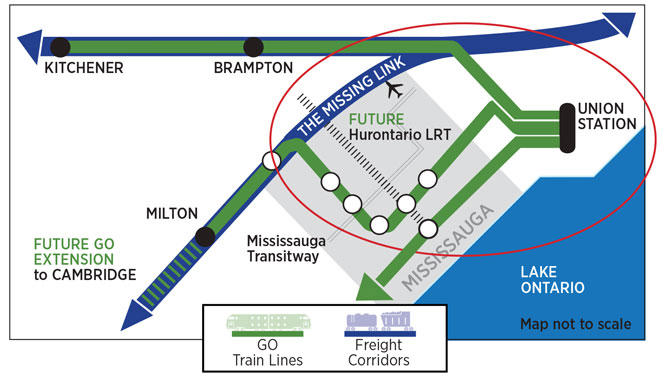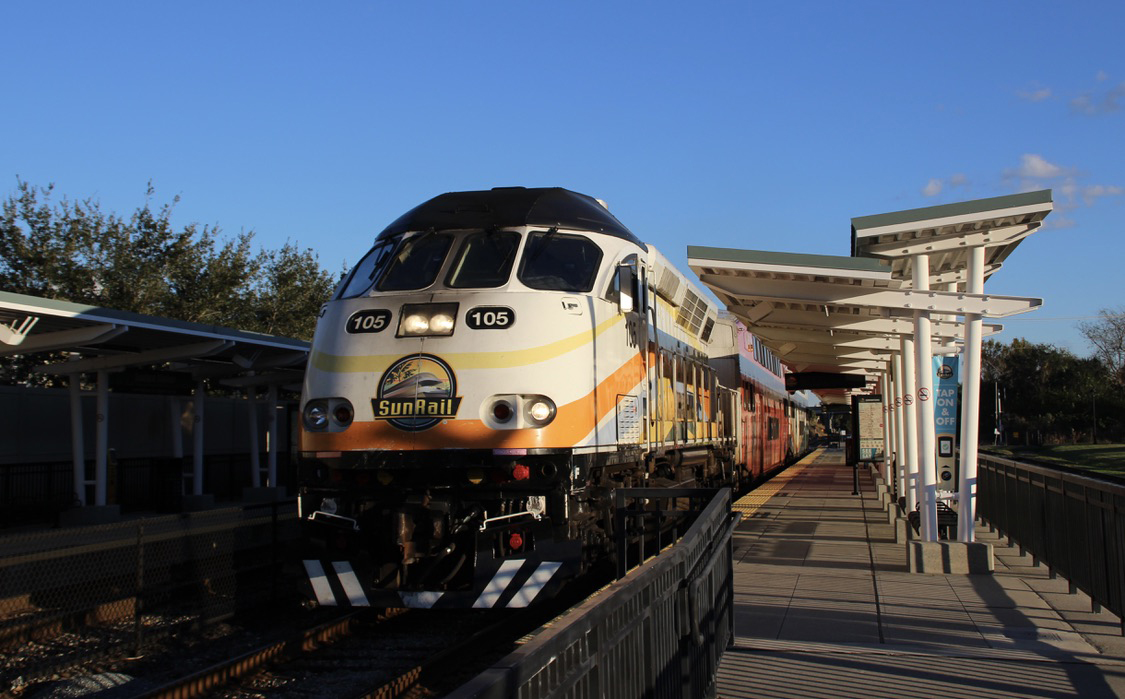In its search for the perfect 4-6-2, an engine that could adequately handle freight or passenger work, the Pennsy stumbled onto the K4s design and liked it so much that it built a fleet of more than 400 K4s locomotives between 1914 and 1928. The K4s type had such utility that it soldiered on to the end of steam-powered operations on the line, the last being retired in 1959.
Two K4s Pacifics still exist, both fittingly in Pennsylvania. Number 1361, which slumbered for years as a static display at Horseshoe Curve, is now on display at the Steamtown National Historic Site in Scranton. Locomotive no. 3750 is on display at the Railroad Museum of Pennsylvania in Strasburg.
K-Line’s three different versions of this locomotive are top-quality designs. Each of the three locomotives comes in two versions, one with a whistle and the other with Lionel’s TrainMaster Command Control and RailSounds: prewar (K3380-5358W and K3380-5358WCC), prewar with smoke deflectors (K3380-3876W and K3380-3876CC), and postwar (K3380-1361W and K3380-1361CC).
The model
K-Line has produced an attractive model of a fan favorite. Comparing the steamer’s nose with a large, up-close image shot by legendary photographer Philip R. Hastings, (see photo on pg. 101) I’d say K-Line got it right.
Our review sample models the postwar version of the locomotive with a smooth pilot.
Out front the pilot looks slick, and tucked in the middle is a dummy knuckle coupler that can be swung out or remain in an “at rest” position.
There are add-on grab irons on top of the pilot as well as on a deck in front of the smokebox door. A turbine is on a platform just above the keystone, and the headlight features illuminated engine number boards on either side. There’s also a small platform below the keystone emblem, and both it and the turbine are unique to the K-Line postwar version. The marker lights look a bit larger than on the prototype, but that is a minor concession to make.
Just below the decks and above the wheels and running gear you’ll find pipes, compressors, and other details, like rivets in the firebox, that look good. The silver running gear and wheels are toned down, rather than shiny.
The casting of the metal shell is first rate, with details such as rivets, boiler bands, and pipes.
In a spot or two the paint minimized the visual impact, but overall it is a
good representation of the detail on the actual steam locomotive.
The cab features two crew figures, illumination, and firebox glow. The roof hatch slides open, but the windows are single pieces that do not move.
On the underside of the locomotive are two power pickup rollers spaced 3 inches apart. You’ll also find a TrainMaster Command Control run/program switch as well as on/off switches for the speed control and the smoke unit. Lift the water hatch on the tender and you’ll see controls for the volume and RailSounds/SignalSounds.
Considering the model’s $700 price, I was surprised that the tender has just a cast-in coal load, but it looks nice. The tender has grab irons on all four corners and a ladder on the rear. Marker and backup lights are placed on the rear.
Look beneath the tender and you’ll find two pickup rollers about 31/2 inches apart as well as a simulated water scoop. A coil-operated coupler is on the rear.
Painting and decoration are well done, except for a few spots where some of the paint minimizes the depth of cast-in details. Lettering is clean and crisp, and the application of the Pennsylvania name and engine number in gold is great. The cab roof’s Tuscan red color is a good accent. Builder’s plates can be found on the smokebox and the tender.
On the test track
The K4s has outstanding conventional-mode, low-speed performance with K-Line’s speed control engaged. Though requiring a higher voltage to get moving than I expected (11 volts), the locomotive crawled along at 2.58 scale mph.
Running at the lowest speeds, our sample balked a bit when changing tracks through switches. There were also a few “dirty” spots on the track that stopped it cold at ultra-low speed, but overall the locomotive’s steady, consistent low-end speed is among the finest that I’ve clocked.
At the other side of the spectrum, the locomotive’s high-speed average was 110.8 scale mph.
Let me laud the flywheel. While many O gauge steam locomotives have flywheels, there can be a significant difference in performance when the power is cut or lowered. Some will stop abruptly, leaving a field full of derailed cars. Other models come to a stop, assuring O gauge lawyers plenty of litigation over whiplash. Few, in my experience, glide to a stop as gracefully as this locomotive.
Drawbar pull for the 8 pound, 81/2 ounce locomotive and tender was 1 pound, 8 ounces.
With speed control engaged, the locomotive doesn’t begin to move until about 11 volts, but at that point in conventional-control operation the smoke unit is really juiced! Even at the very slowest speeds, the stack blew a superb smoke ring at a pace in keeping with the engine’s slow movement.
K-Line’s speed-control circuit, besides keeping the locomotive at a constant speed, allows you to change the chuff rate and the number of command-control speed steps. The default setting is 32 steps, which means roughly one revolution of the Lionel CAB-1 controller knob will take you from a stop to full speed.
We encountered a bug when operating our sample locomotive in command-control mode. During our test procedures we repeatedly power up and power down locomotives and regularly run them in forward, stop, and reverse.
At times during these tests our sample K4s seemed to “forget” its speed steps, apparently shifting from 32 to 128 or 256 steps and causing us to spin the red knob of our CAB-1 controller with little effect on train movement. When it happened, we turned everything off and started up again and everything was fine – the three-rail equivalent of re-booting your home computer.
The K-Line K4s 4-6-2 Pacific is a nice-looking locomotive with scale dimensions. Our sample runs smoothly, has strong details, and provides ample fun.















I just acquired a Prewar (K3380-5358WCC) model and the detail is awesome. By far the most detailed O scale Steam Engine I own and there are a few in my collection. It performs like the precision piece it is. Watching it crawl away from the station, bell clanging, pulling a string of PRR heavyweights, puffing billows of white smoke takes one back to the heydays of Railroading! For those of us who enjoyed at least some of the steam age, (I'm 69) it's fantastic to have it recreated in 1:48 scale. K-line really did an outstanding job in this K-4 both in looks and performance. Cruise Control is Sweet !